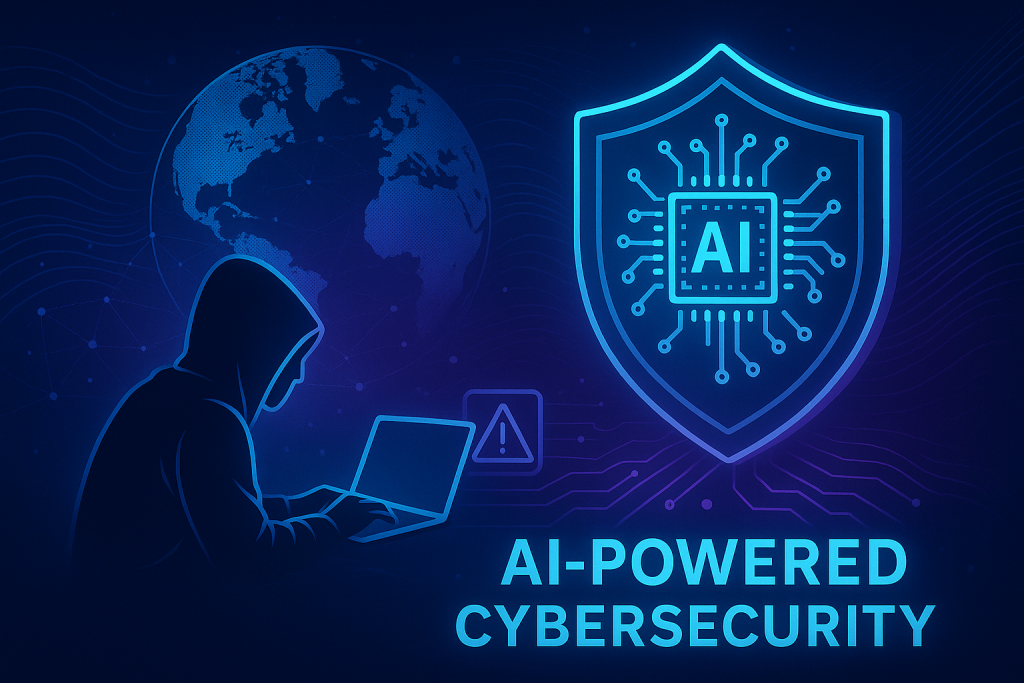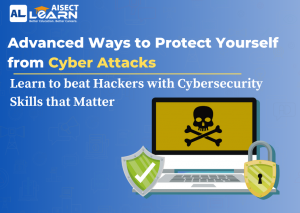Introduction
Believe hackers only target large banks and stars? Don’t be so sure. If you’re online, you’re fair game. But fear not — you’re not helpless. You just need improved armour.
This is not your usual “use strong passwords” article (you know all about that already). These are high-level cybersecurity tactics that are easy to implement but effective enough to make hackers break a sweat.
If you already know the basics of cybersecurity and are considering exploring further with a cybersecurity certification course or Python for cybersecurity, you’re going to enjoy this.

Monitor Your Digital Footprint
Google yourself regularly. Sounds weird? It’s not. You’ll be shocked at what data is publicly available — addresses, photos, passwords from old leaks. Use tools like HaveIBeenPwned to check if your info has been part of a breach. And if it has, change everything.
Set Up Real-Time Dark Web Monitoring
Your information may already be present on the dark web. Sophisticated software such as Aura, Bitdefender, or even identity theft services scans the dark web and notifies you immediately should your details appear.
This is a step that no serious student of cyber security can afford to skip.
Train Your Brain: Identify Social Engineering
Social engineering is not phishing. It’s false IT calls, voice-cloned calls, and false sob stories that trick you into voluntarily surrendering sensitive information. If you’re entering a cybersecurity certifications program, this is one of the first things you’ll be taught to recognize.

Use Application Sandboxing
This is a strong one. Run dodgy apps (such as downloaded programs or foreign files) within a sandbox environment. It keeps them separate from your system, so if something bad occurs, it doesn’t come near your actual files.
For the inquisitive student, scripting this environment with Python programming for cyber security can be an excellent mini project.
-
Automate Threat Detection with Python
Why wait for an antivirus to detect a threat when you can create a Python script to mark suspicious behavior in real time?
With cybersecurity using Python, you can create tools that watch for file modifications, port scans, or unfamiliar login attempts. That’s the power of python for cybersecurity — beginners can automate defense too.
-
Encrypt Everything
Believe encryption is just for spies? Nope. Encrypt your hard drives, USBs, emails, and even your cloud storage. Tools like BitLocker (Windows) and FileVault (Mac) are there for a reason.
Anyone serious about the cybersecurity certification course is aware: unencrypted = unprotected.
-
Implement Zero Trust Thinking
“Trust no one, not even your apps.” That’s the slogan of Zero Trust Architecture. It’s all about restricting access — apps, devices, and users get what they need. Nothing more.
This attitude is being taught in every cybersecurity certification course updated now.

-
Use Virtual Machines for Browsing
Want to go to an unsafe website or check out the dark web (educational use only, naturally)? Do it within a virtual machine (VM). It’s like having a second, throwaway computer within your actual one. If it does get infected, wipe the VM. No harm’s done.
Pro tip: Automate VM snapshots and rollbacks using Python for cybersecurity.
-
Rotate Secrets Regularly
APIs, cloud services, passwords, tokens — they all have keys. And if you’re keeping the same one for months (years), that’s a recipe for disaster. Rotate them regularly. Securely store them. Automate rotation if you can (hint: guess which language is awesome for this? Ah-ha, Python).
-
Invest in Continuous Learning
Cybersecurity is not a “learn once and done” sport. Threats change every day. If you care about your security or want to pursue this as a profession, join a cybersecurity certification course that deals with actual threats, penetration testing, and even Python programming for cybersecurity.
You’ll become a defender of a digital warrior, in a hurry.
Last Word: Beat the Hacker
Hackers count on you being lazy, clueless, or out of date. You’ve already accomplished well over 90% of the internet just by reading this far.
If you’re willing to dig deeper, look for courses that cover with fundamentals of cybersecurity, hands-on experience in cybersecurity with Python, and practical implementation with use cases using Python for cybersecurity.
Cyber safety is not merely about safeguarding data. It’s about safeguarding your identity, your money, your reputation, and your life.





